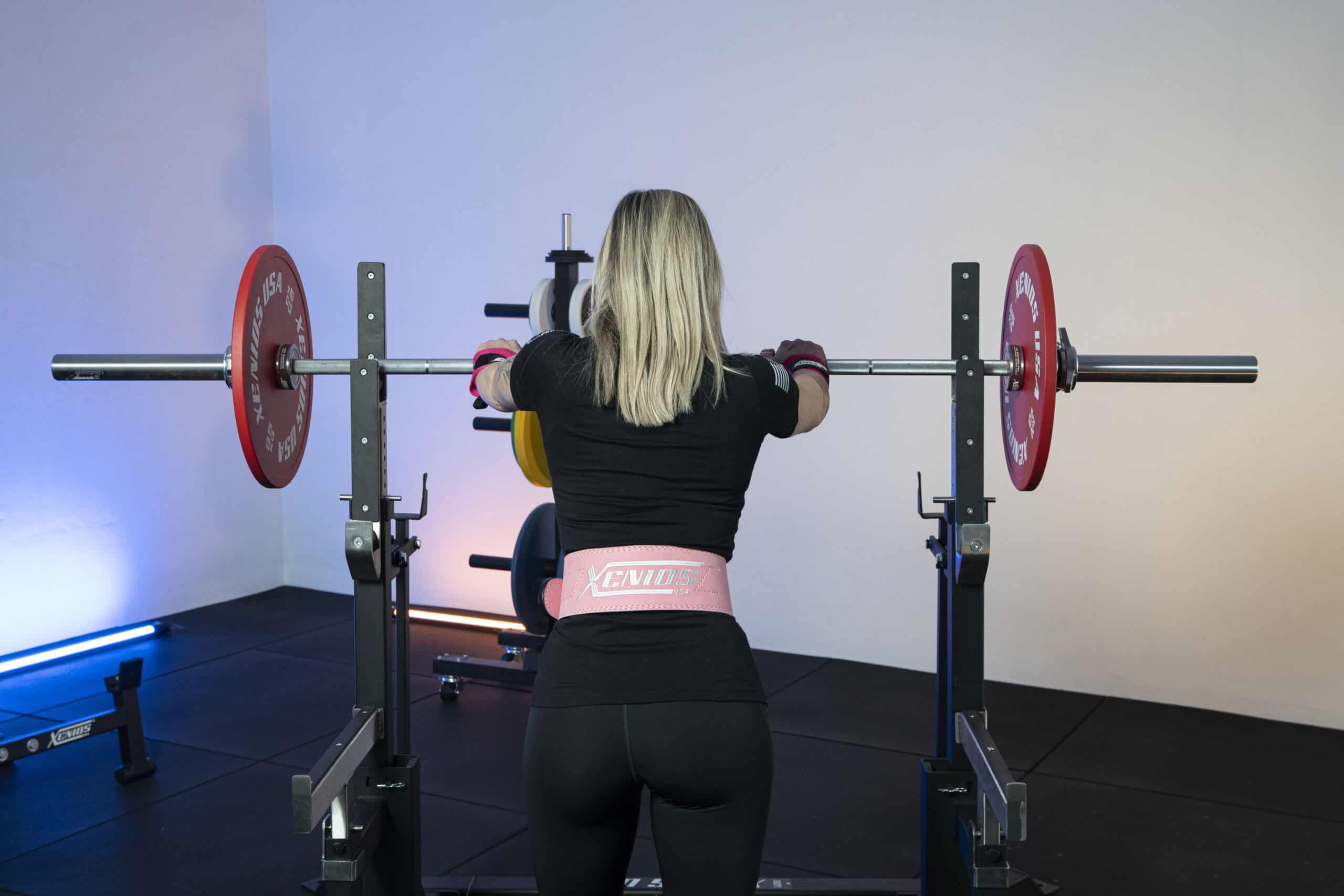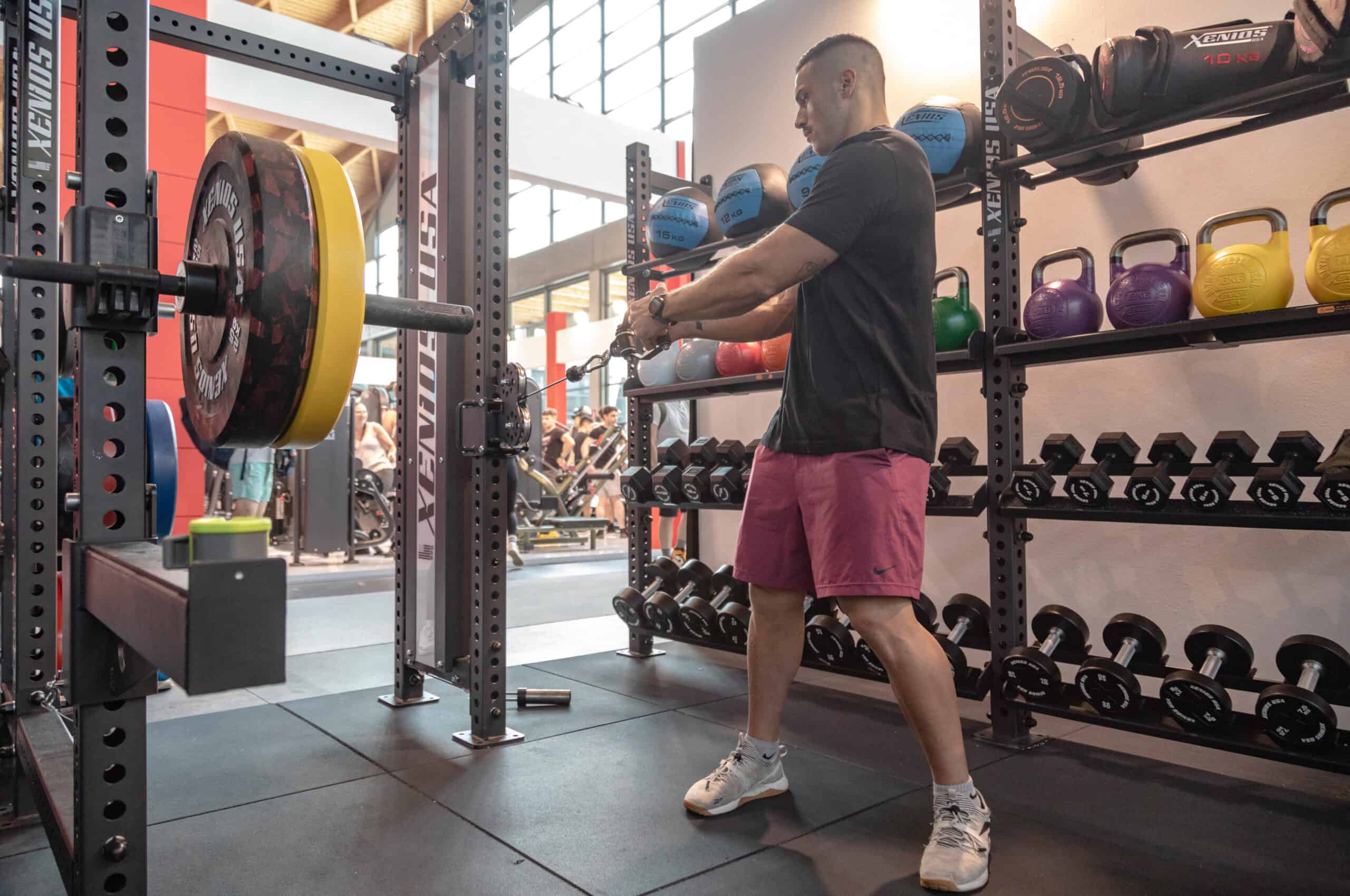Knowing the ringing of pull-ups on the bar, we also know that it is mainly, but not only, the upper body that is affected.
More work will be done on the arms and forearms, latissimus dorsi, adductors of the shoulder blades, pectoral majorand many other muscle districts. These, however, are not always involved all at once and not always with the same extent and intensity.
This depends, above all, on the type of exercise you decide to do. In fact, speaking of pull-ups on the bar, you should know that there are really many types and variations, which differ in difficulty, muscles involved, position of the hands, …
Different types of bar pull-ups: how to fight Everyday boredom
It’s normal, to get good results you need consistency. Consistency requires patience. You have to know how to keep your commitments even when you don’t want to do it.
A good way to make your work easier and not fall into boredom is certainly to vary with the exercises.
In fact, even if we talk about pull-ups at the barre, we can only think of a very wide repertoire of exercises, with a thousand nuances, both in terms of development and effect. Let’s take a few examples.
A first distinction can be made between pull-ups made with one grip rather than another. This is where we meet pull ups and chin ups, great examples to see how different workouts produce different effects, even in cases like these where the difference seems minimal.
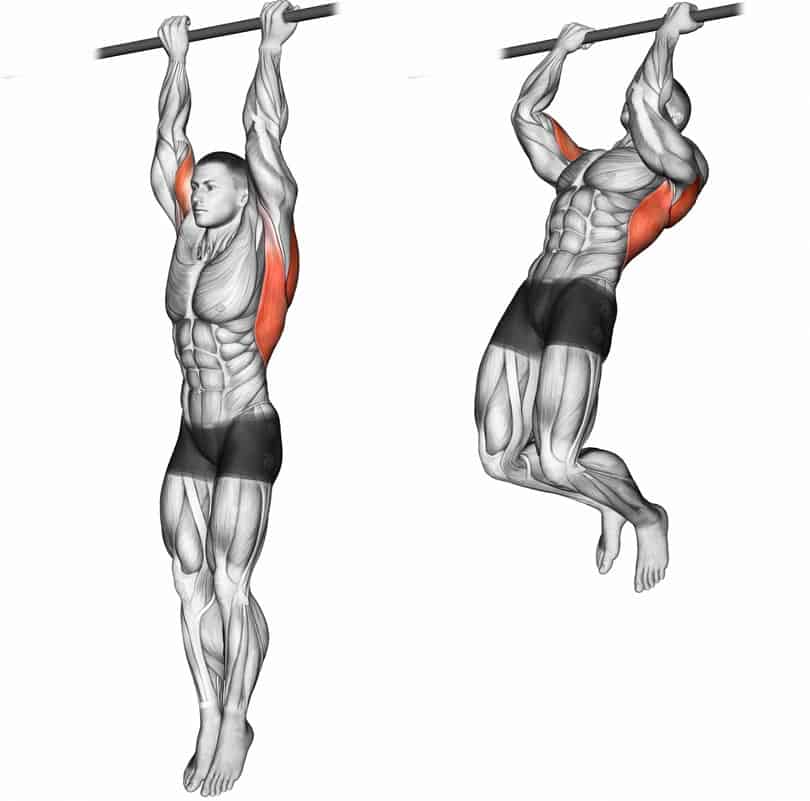
The pull up, perhaps more common of the two, is a pull with a prone grip, i.e. with the palms facing outwards. This determines the use and work mainly of the lats, especially increasing the muscle area under the armpit known as the “wings“. Inevitably, you will also use your arms, but to a much lesser extent.
Whereas, in the chin up the grip is supine, i.e. turned inwards. Also in this variant here there will be the use of the lats, but the work will be shifted to a greater extent, than in the previous variant, on the arms. This will result in an extra facilitation in performing this exercise due to the help granted by the arms, but consequently also a more important muscle increase in this area.
But don’t make the mistake of thinking that these two sockets, because they are the most famous, are also the only ones. A third, for example, is the neutral one, which is also the most underrated. To do this, it is necessary to use a special horizontal bar, as you need two grips that start perpendicular to the bar and which, if grasped, hold the palms of the hands facing each other.
In this case, the grip is very different from the previous ones and this will also determine a different body position. You will find yourself being even more inclined with the body and for this reason the lumbar and abdominals will be involved more. There will be the same work of the biceps that we have in the supine grip but with more work of the forearms. With this particular grip, the work takes place both in the ascent and descent phases: in the latter, the pectorals will also work.
But let’s get to the real question: is it right to do pull-ups every day ?
A very common question that you might ask yourself when organizing your training for pull-ups is “does it make sense to do them every day ?”. The answer may vary depending on the level you are at.
For beginners, the daily frequency of training is strongly discouraged, because we still tend to make a lot of mistakes and we may believe that training every day is the preferable way to improve, but this is not the case. This last reasoning, in fact, is valid only for technical movements with low joint impact; Here, with a high intensity, you can’t have a volume of work.
Athletes at an intermediate level are allowed to maintain a higher average intensity during the week, but also depending on how many maximal pull-ups and the absolute maximal strength they consider. What is recommended to them is to give themselves a week of unloading more frequently.
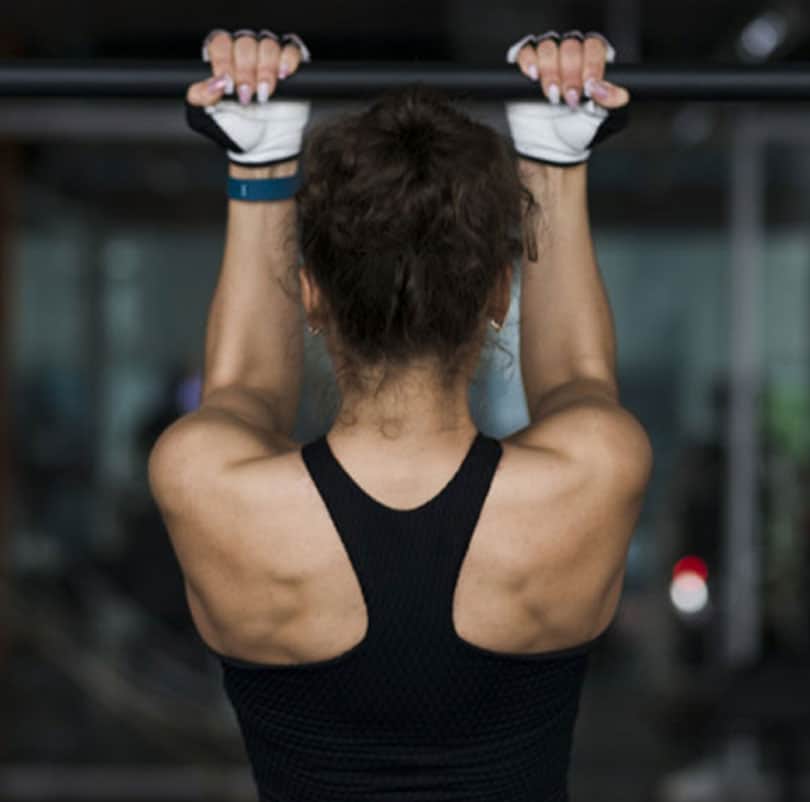
For experts, therefore at an advanced level, it is possible to allow even more intensity, advising, however, not to overdo it and therefore to maintain an average weekly intensity of 70-75%.
But let’s analyze the situation in which an athlete still decides to do this type of training every day. What happens to your body if you do pull-ups on a daily basis ?
Positive results could be obtained only if the training of pull-ups on the bar is carried out in a well-calibrated way: in this case these efforts would certainly lead to an increase in the level of performance in pull-ups.
Therefore, if you decide to train on a daily basis, it would be necessary never to work with muscle failure, indeed you should always consider preserving 50% of your physical capacity and endurance.
To do this, it is recommended to prepare 3 different types of training: one consisting of an exercise in which you have 10 repetitions as a maximum; another in which you can reach 6-7 repetitions; a last one in which a maximum of 2-4 is reached.
In fact, it will be necessary to alternate the 3 variants every day, aiming to close from 5 to 8 series, but carrying out the exercises at half the maximum of repetitions, which you are able to perform. However, it is recommended to train one day from Monday to Saturday, keeping Sundays off.

It is advisable to follow this schedule for at least 30 days, only then will you be able to work on pull-ups at full speeds and with full workouts.

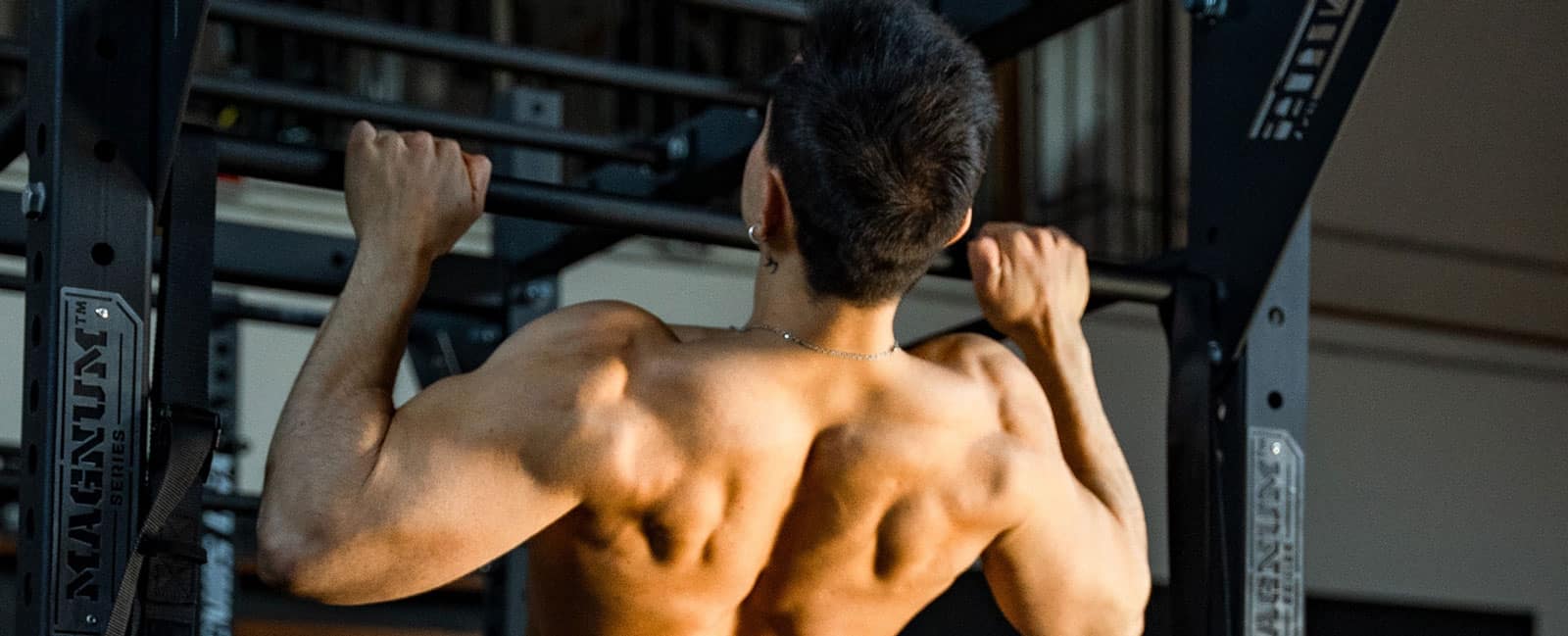


 Since 2009, we’ve been by your side, helping you create the perfect training spaces for Cross Training Boxes, Personal Trainer Studios, and professional Home Gyms.
Since 2009, we’ve been by your side, helping you create the perfect training spaces for Cross Training Boxes, Personal Trainer Studios, and professional Home Gyms.

